
Novelist & podcast maker|Wrote River of Ink (2016), All Our Broken Idols (2020)|Creator of @Fall_of_Civ_Pod|Now on Bluesky: https://t.co/HXvTYiAKch
16 subscribers
How to get URL link on X (Twitter) App

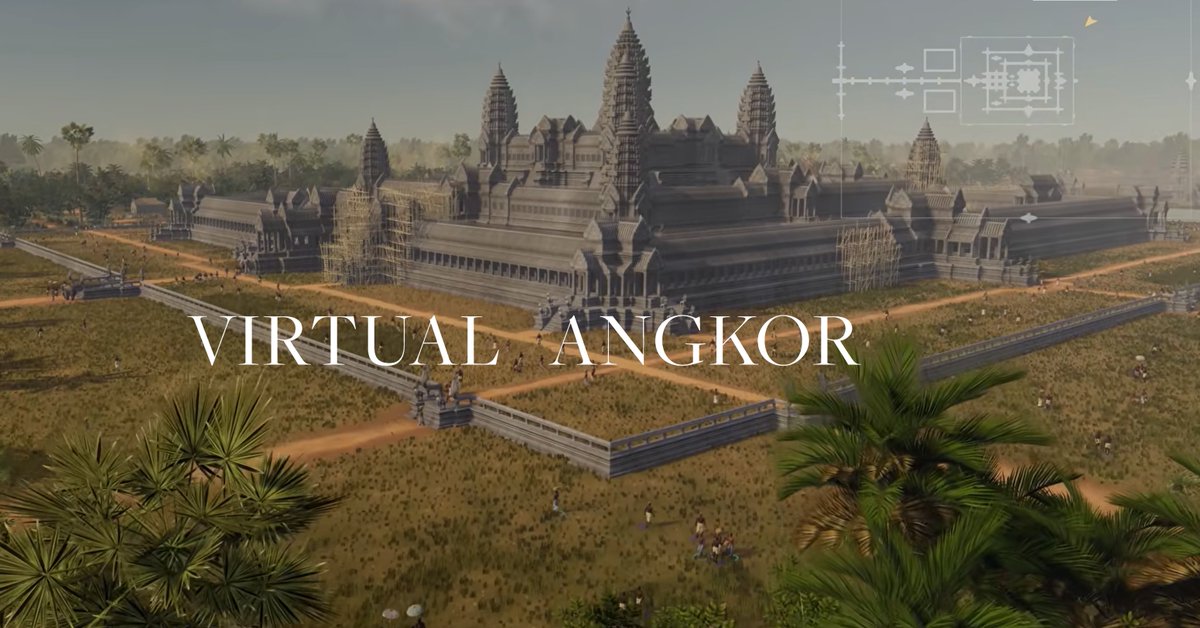
 Virtual Angkor is a groundbreaking collaboration between Archaeologists, Historians and virtual reality specialists designed to bring the Cambodian metropolis of Angkor back to life in all its glory.
Virtual Angkor is a groundbreaking collaboration between Archaeologists, Historians and virtual reality specialists designed to bring the Cambodian metropolis of Angkor back to life in all its glory. 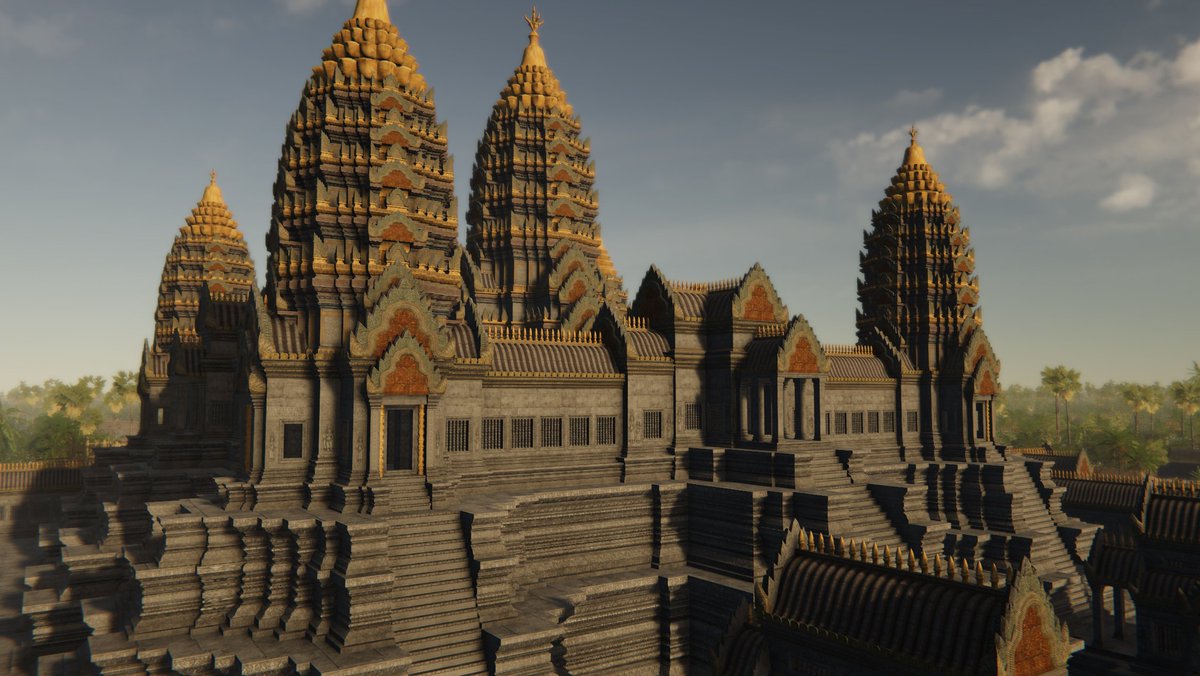


 Born in New York to strict disciplinarian parents, Hunt moved to Canada in the year 1843, at the age of 5.
Born in New York to strict disciplinarian parents, Hunt moved to Canada in the year 1843, at the age of 5.

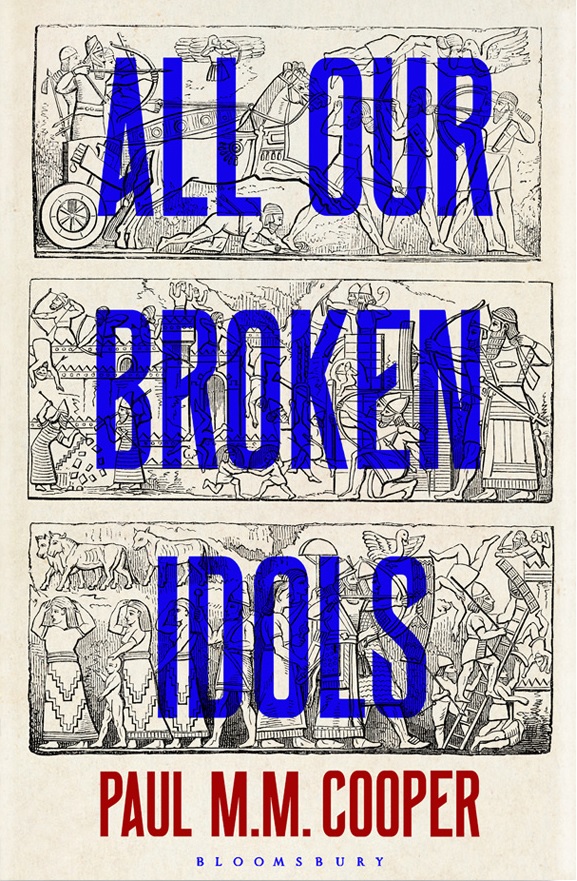
 The book has been five years in the writing, and has included multiple trips to Iraq as part of my PhD on the cultural significance of ruins.
The book has been five years in the writing, and has included multiple trips to Iraq as part of my PhD on the cultural significance of ruins.

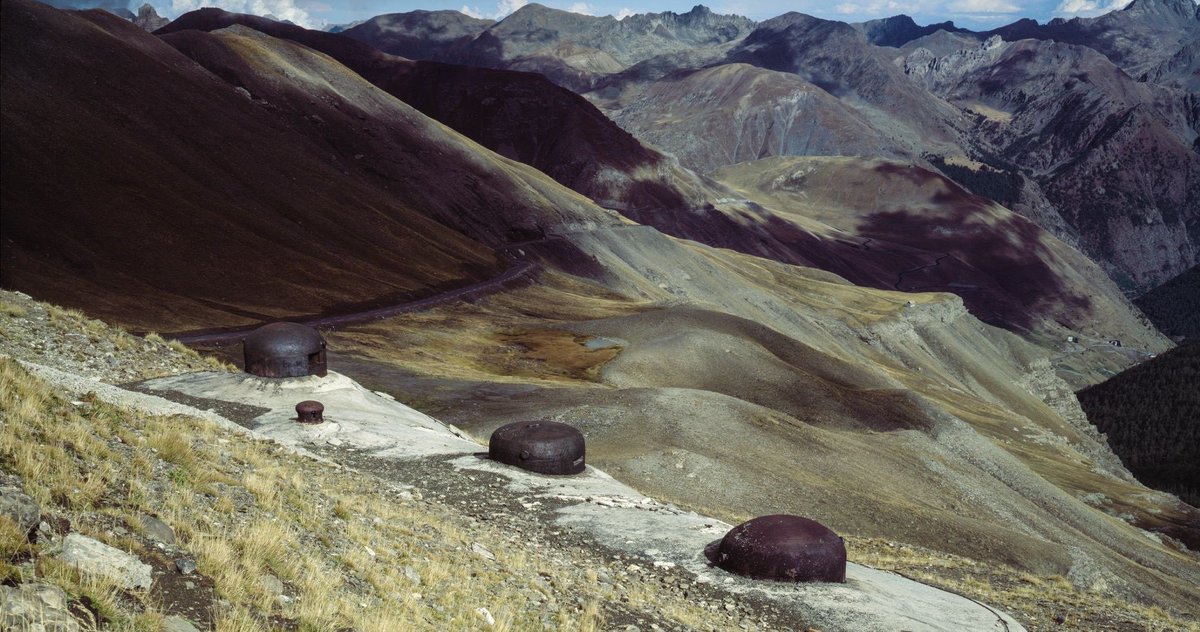
 After the horror of the First World War, it was clear to many in Europe that the world had reached a new phase of armed conflict.
After the horror of the First World War, it was clear to many in Europe that the world had reached a new phase of armed conflict.


 For centuries, the fishermen who sailed in the placid waters of Lake Nemi, 30km south of Rome, knew a secret.
For centuries, the fishermen who sailed in the placid waters of Lake Nemi, 30km south of Rome, knew a secret.

https://twitter.com/PaulMMCooper/status/990592780320821254

 The All Saints Church in Billockby was a fine flint-built church first built in the middle ages, but with most of the surviving stone dating back to the 15th century.
The All Saints Church in Billockby was a fine flint-built church first built in the middle ages, but with most of the surviving stone dating back to the 15th century. 


 One evening in 1908, a humble railway worker named Zacherias Lewala was working on the rails in the Southern Namib desert, shovelling them clear of the sand dunes that constantly roll over the land.
One evening in 1908, a humble railway worker named Zacherias Lewala was working on the rails in the Southern Namib desert, shovelling them clear of the sand dunes that constantly roll over the land.


 ʿAntar was a knight and adventurer, and wrote poetry about his battles and loves, as well as meditations on a world falling into ruin.
ʿAntar was a knight and adventurer, and wrote poetry about his battles and loves, as well as meditations on a world falling into ruin. 
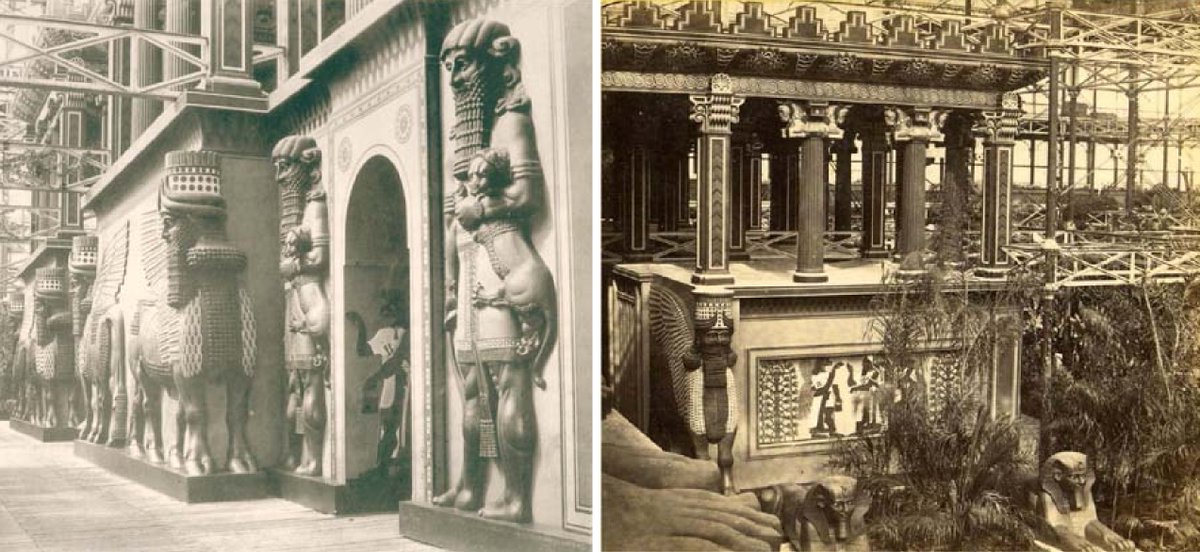
 The Crystal Palace was a revolutionary building. It used the new technologies of sheet glass & cast iron to create a 92,000 m² greenhouse, an enormous exhibition space in London's Hyde Park.
The Crystal Palace was a revolutionary building. It used the new technologies of sheet glass & cast iron to create a 92,000 m² greenhouse, an enormous exhibition space in London's Hyde Park.

 Hierapolis was a city built on a plateau over the modern Turkish site of Pamukkale, meaning “cotton cliffs”.
Hierapolis was a city built on a plateau over the modern Turkish site of Pamukkale, meaning “cotton cliffs”. 


 My great-grandfather was an animal expert. He used to take care of the horses and bullocks still used to lug weaponry and supplies around.
My great-grandfather was an animal expert. He used to take care of the horses and bullocks still used to lug weaponry and supplies around.
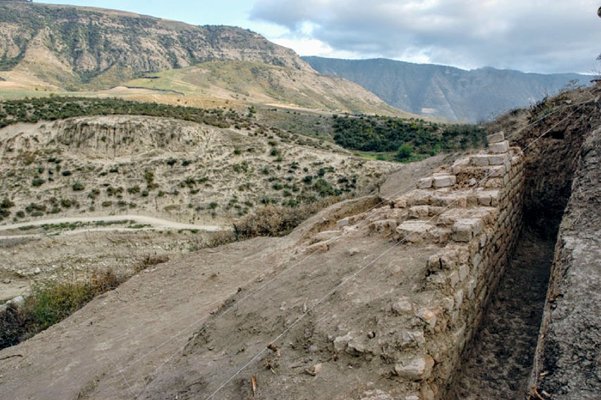
 Golestan Province in Northern Iran is a unique landscape.
Golestan Province in Northern Iran is a unique landscape. 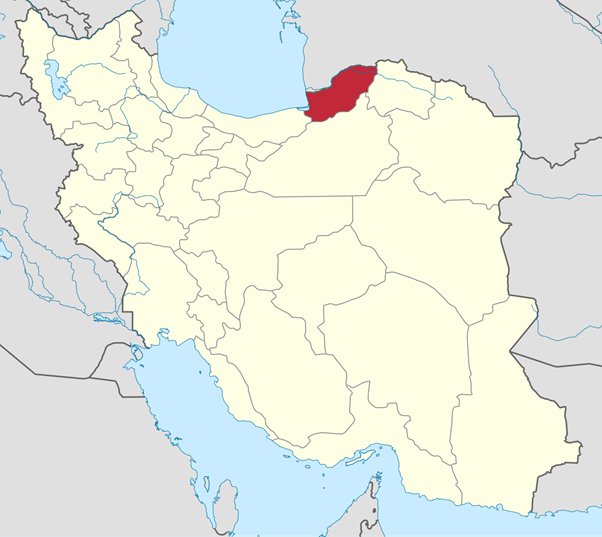
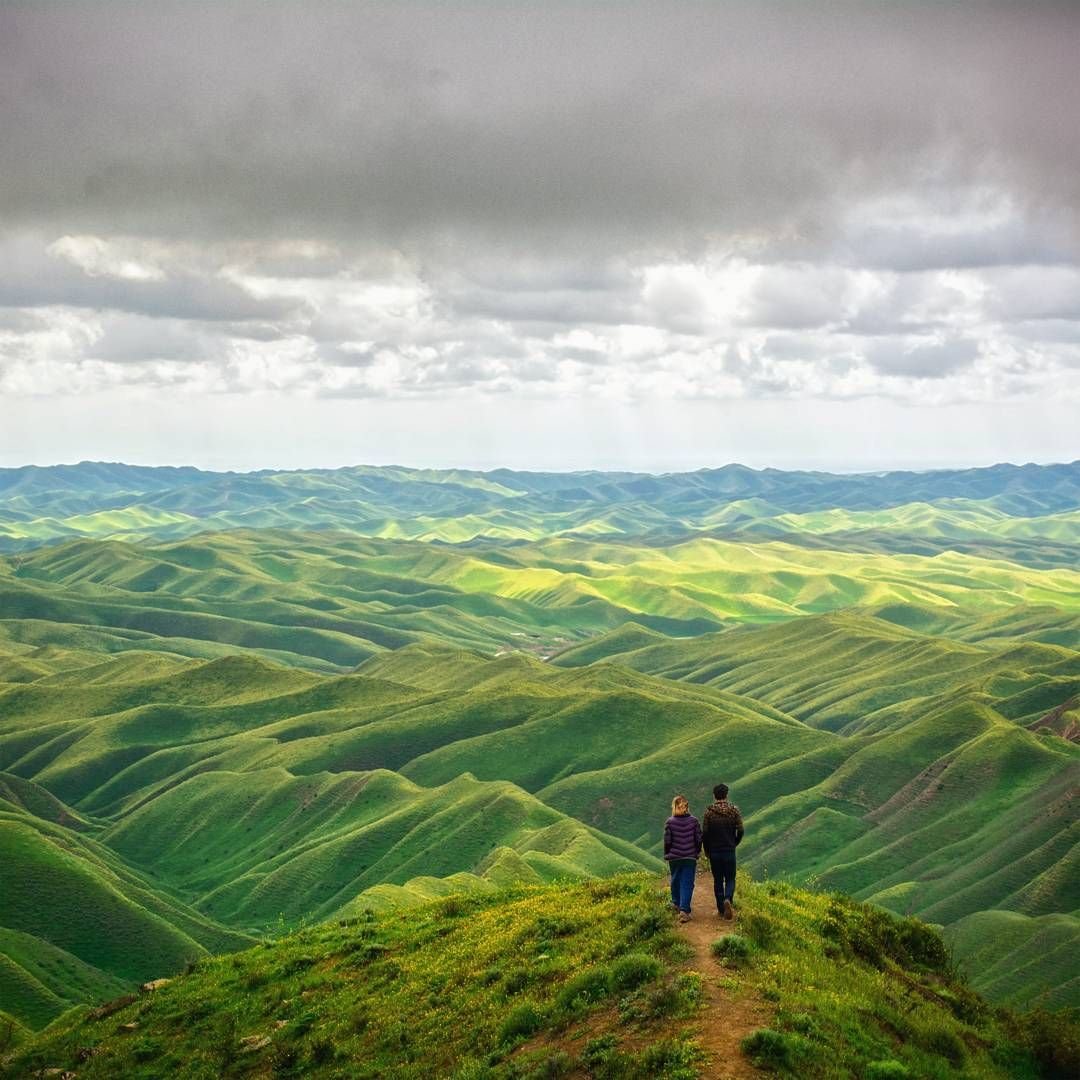
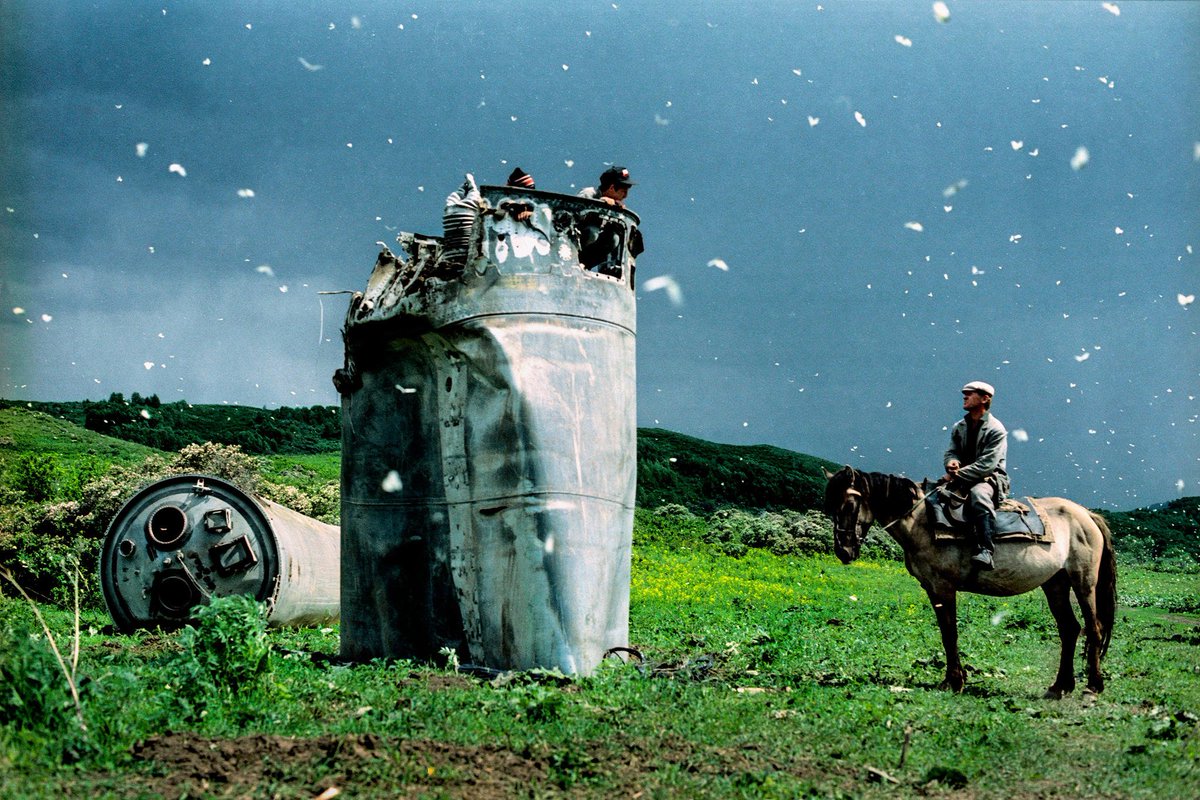
 The Altai mountain range sits right in the centre of Asia.
The Altai mountain range sits right in the centre of Asia. 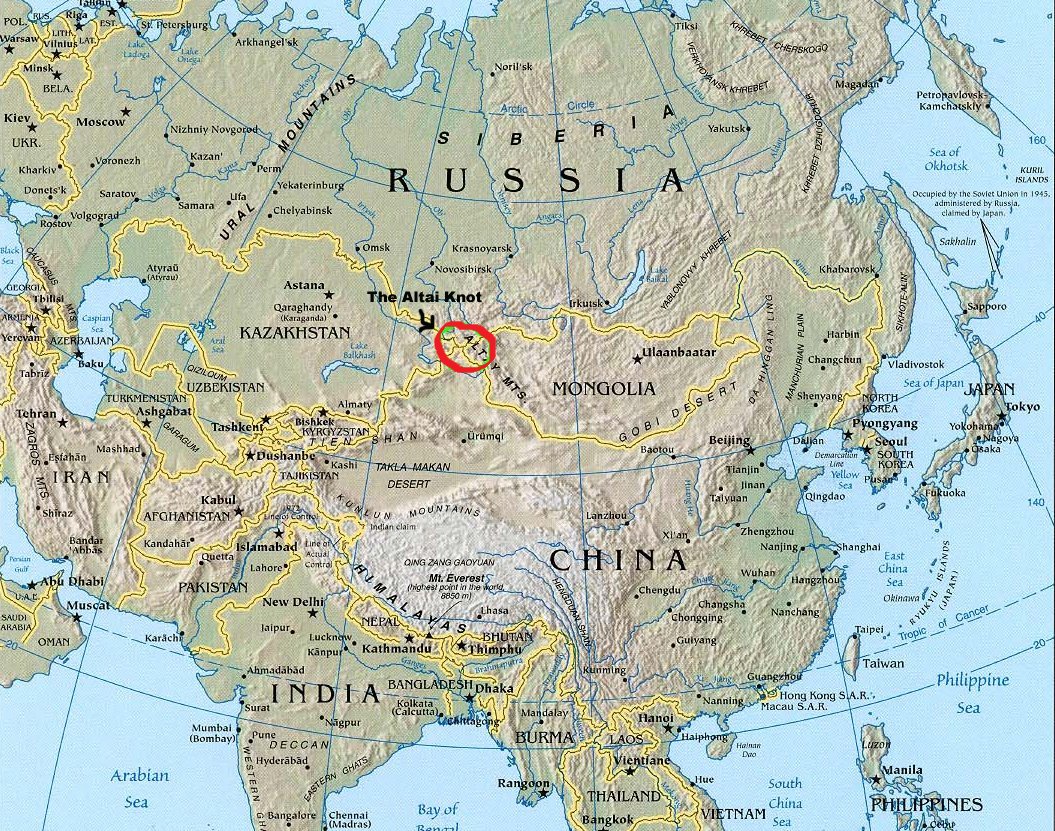
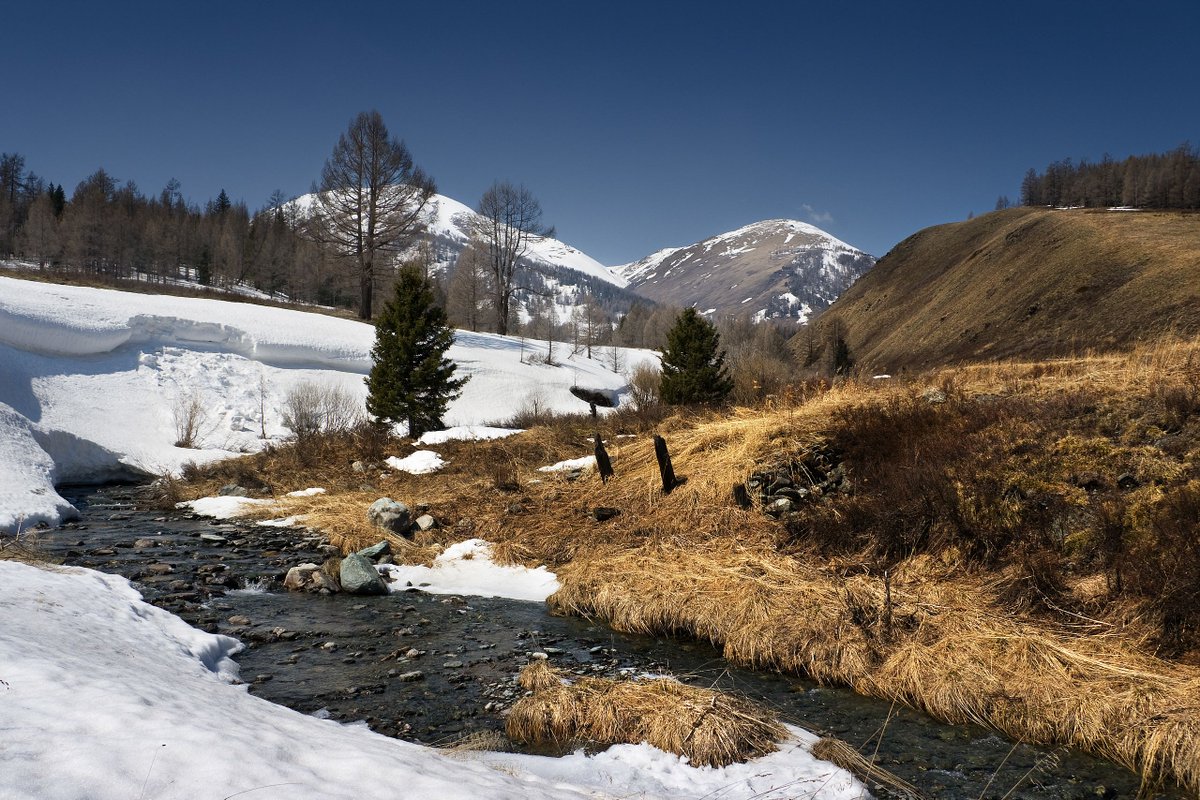
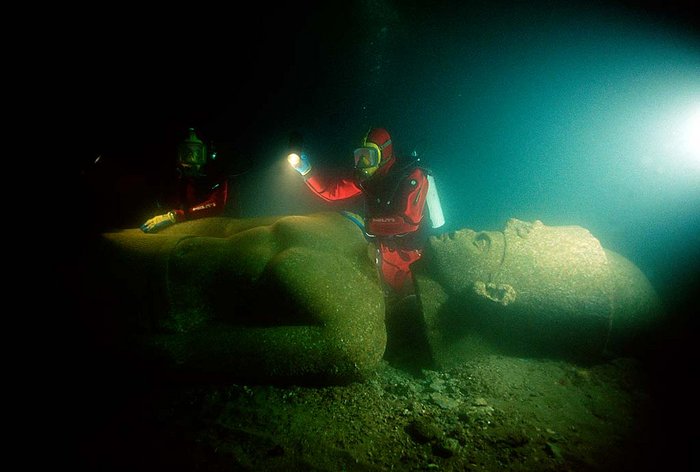
 The story of its discovery began in 1933, when an RAF pilot flying off the coast of Alexandria reported a strange sight in the water.
The story of its discovery began in 1933, when an RAF pilot flying off the coast of Alexandria reported a strange sight in the water. 

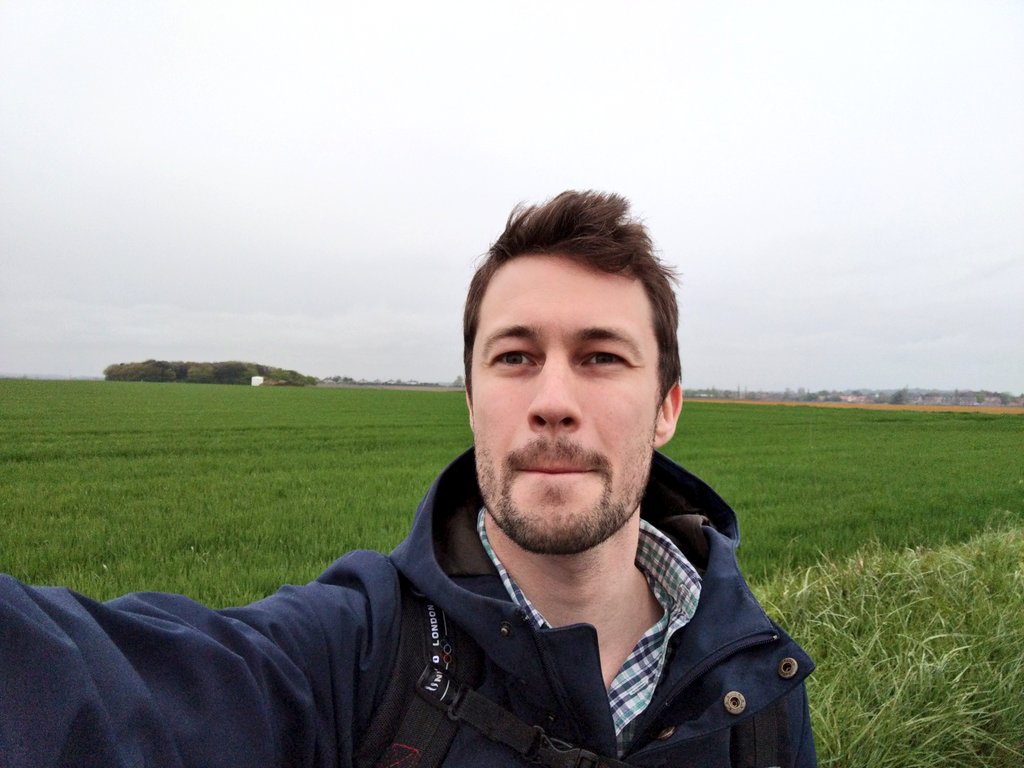

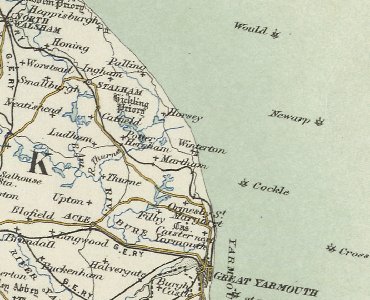 It was a grey & rainy day. I set out early in the morning, & took a couple of buses out to the coast, into the parish of Martham.
It was a grey & rainy day. I set out early in the morning, & took a couple of buses out to the coast, into the parish of Martham. 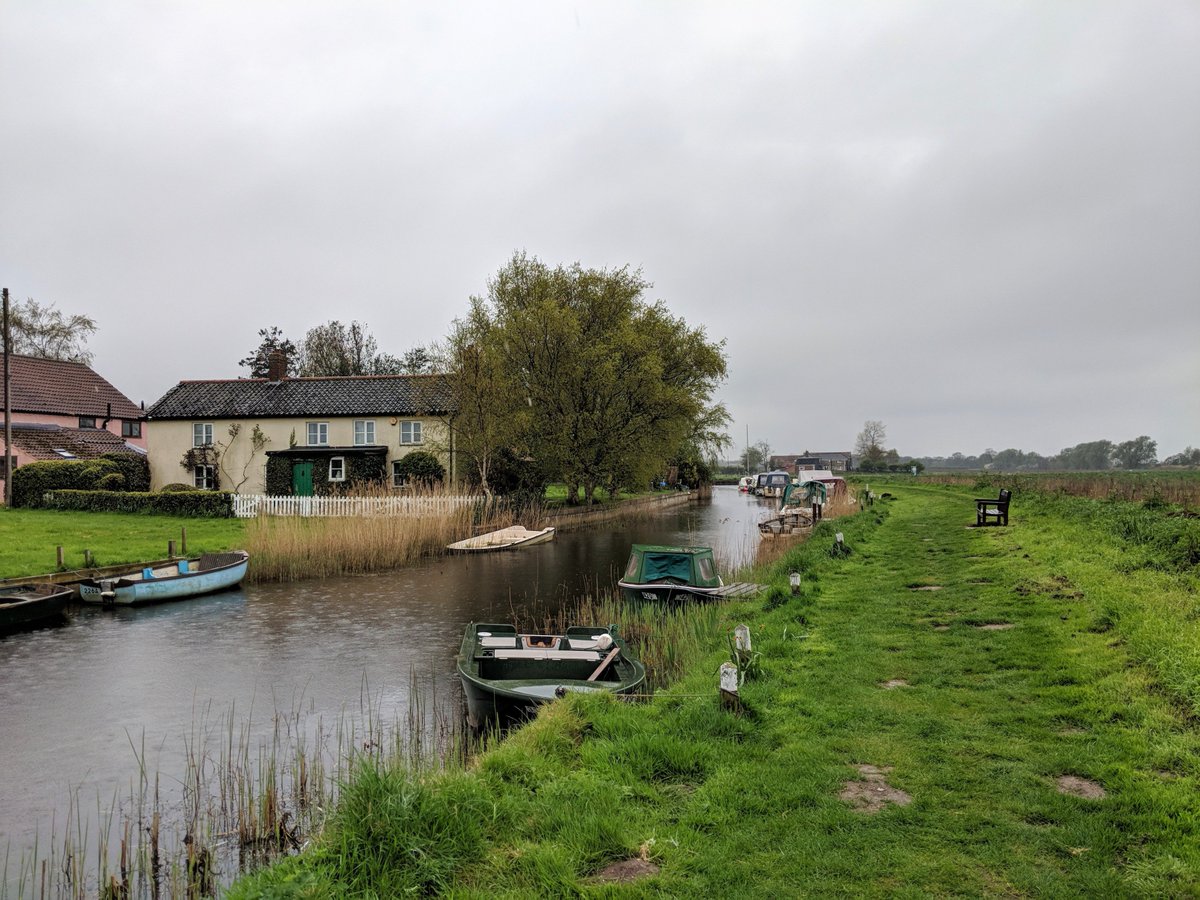
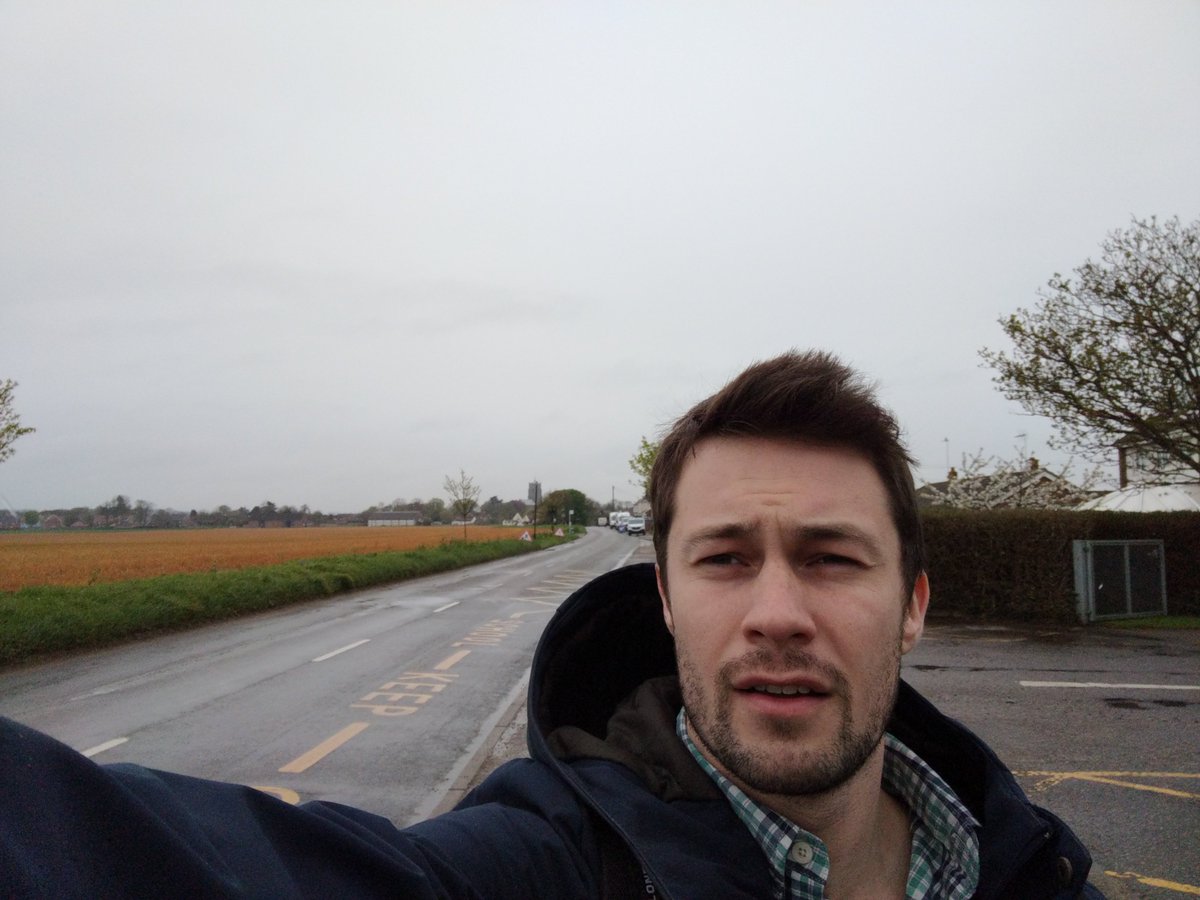

 As the First World War drew to a close in 1918, Europe had to face the consequences of the most apocalyptic conflict ever seen.
As the First World War drew to a close in 1918, Europe had to face the consequences of the most apocalyptic conflict ever seen.